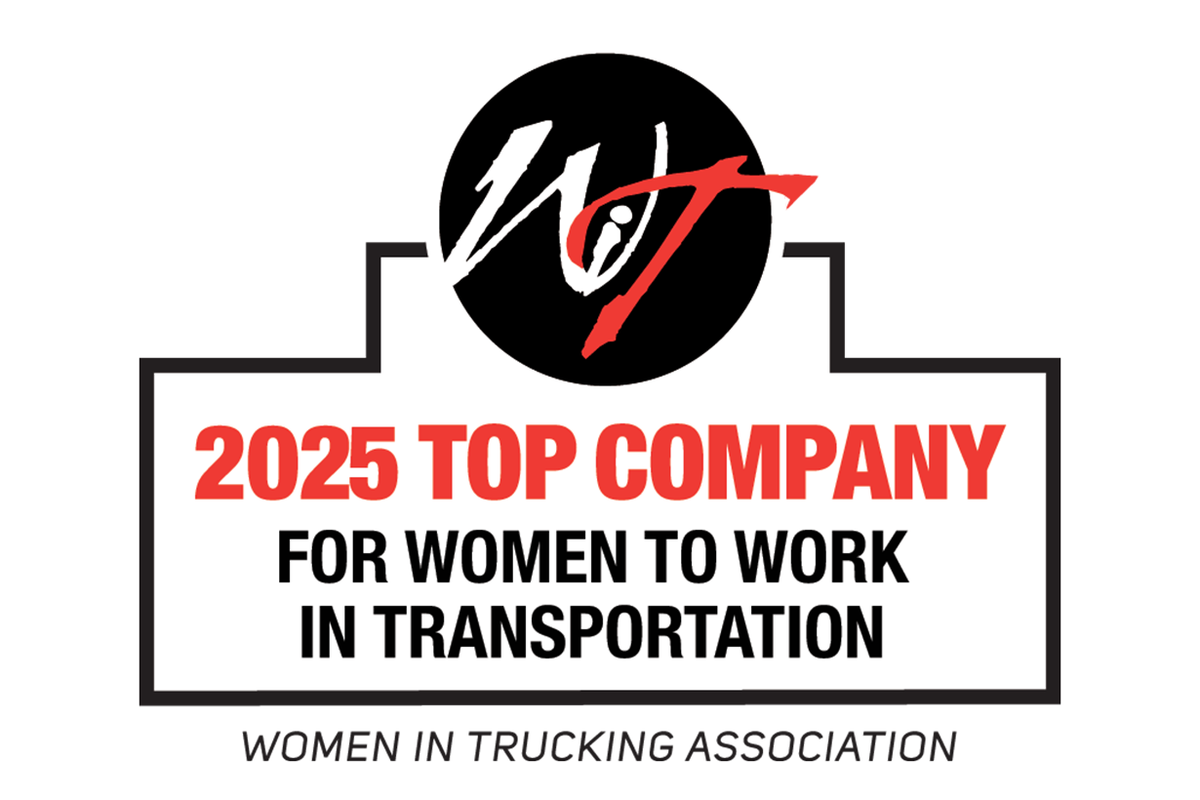Milestone Third-Party Logistics Study, Sponsored by Penske Logistics, Reports Collaborative Shipper-3PL Relationships, Further Technology Investments

The 2021 25th Annual Third-Party Logistics Study shows that shippers and their third-party logistics providers are working together to create positive relationships as well as a competitive advantage. Additionally, shippers have high expectations of what they need from logistics providers, and 3PLs are responding with increased technological and digital capabilities, improved service levels and greater efficiency.
Visit 3PLStudy.com to download your complimentary copy now.
"The supply chain has been tested throughout the past year, and shippers and 3PLs have collaborated to flex as needed and meet demand. Those within the industry have seen the benefits of looking beyond one's own operations to participate meaningfully in the supply chain," said Dr. C. John Langley, a supply chain professor at Penn State University and founder of the Annual Third-Party Logistics Study.
Langley discussed the 25th Annual Third-Party Logistics Study, which is produced by Infosys Consulting and sponsored by Penske Logistics, during the Council of Supply Chain Management Professional's (CSCMP) virtual conference.
Langley said most shippers (91%) report that their relationships with 3PLs generally have been successful; 99% of 3PLs agree that their customer relationships generally have been successful.
Among respondents participating in the 2021 study, 88% of shippers and 99% of 3PL providers agree that 3PLs have contributed to improving services to the ultimate customers. Additionally, 76% of 3PL users and 92% of 3PL providers agree that 3PLs provide new and innovative ways to improve logistics effectiveness.
The Role of Technology
3PLs are investing heavily in technology and applications that make logistics networks more flexible and dynamic, said Andy Moses, senior vice president of sales and solutions for Penske Logistics, who presented the study along with Langley.
"A 3PL's technical resources are fully devoted to supply-chain-related applications," Moses said. "Logistics providers have a richness of understanding of technology because they apply the applications across multiple industry verticals and multiple use cases."
Among respondents, the majority of shippers reported that they are already using technology for supply planning (89%), demand planning (83%), sales and operation planning (78%), and capacity planning (61%). A smaller number of 3PLs reported using technology for supply planning (51%), demand planning (40%), and sales and operation planning (34%). However, more are using it for capacity planning (82%).
According to the study, 3PLs are further along than shippers in their adoption of mobile technology enablers, with more using smartphones, tablets, wearables and handheld devices.
"Third-party logistics providers, by the nature of 3PL contracts, are often heavily incentivized to accelerate the achievement of measurable business outcomes through the application of technology," Moses explained.
Sylvie Thompson, former supply chain practice leader for Infosys and a researcher on this year's study, said she was surprised by the significant adoption differences between shippers and 3PLs in newer technology, particularly when automation and mobile technology can improve workforce productivity. "3PLs stated they see adoption as building a competitive advantage in the market," she said. "That same advantage can and should also apply to shippers."
Researchers found that the IT Gap, which tracks shippers' opinions about whether they view information technologies as necessary elements of 3PL expertise and whether they are satisfied with their 3PLs' IT capabilities, remains static. This year, 93% of shippers reported that IT capabilities are a necessary element of 3PL expertise. Roughly half—54%—of shippers indicate they are satisfied with their 3PLs' IT capabilities.
The most frequently-cited technologies remain those that are more execution- and transaction-based, including transportation management-scheduling (72%); transportation management-planning (69%), transportation sourcing (51%), warehouse/distribution center management (51%), network modeling and optimization (45%) and the use of web portals for booking, order tracking, inventory management and billing (40%).
The most frequently outsourced supply chain activities remain those that are more transactional, operational and repetitive. The most prevalent activities shippers outsource are domestic transportation (74%), warehousing (63%), international transportation (62%), customs brokerage (49%) and freight forwarding (49%).
The Effect of COVID-19
COVID-19 has had a significant effect on global supply chains, and 58% of shipper respondents reported at least a 25% reduction in supply chain operations, excluding corporate or administrative shutdowns; 6% reported total supply chain shutdowns. A smaller number, 15%, said that they are exceeding normal operations.
The areas most impacted for shippers were international transportation and logistics (55%), manufacturing (46%), supplier network and being unable to restock from key suppliers (39%) and labor/workforce management (39%). The areas most impacted for 3PLs were labor/workforce management (54%), domestic transportation and logistics (45%), international transportation and logistics (40%) and customer network with customers being unable to accept orders.
While risk management is always a concern within the supply chain, mitigating risk took on new importance during the pandemic.
This year's report found that 51% of shippers said they have a comprehensive, well-developed risk management process. However, only 45% of shippers said their risk management processes extend into multiple layers or tiers of suppliers downstream and upstream into customer networks.
The majority of shippers—93%—and 3PLs—98%—said that over the last three years, it has become even more critical for 3PLs to respond to customers more quickly with accurate and timely information. More than half of shippers—66%—said it is vital for 3PLs to provide effective communication with timely information to identify risk levels appropriately.
COVID-19 and the recent trade war may also lead companies to increase localization and redundancy in the supply chain as they look to mitigate risk. Shippers may opt to increase overlap distribution and omnichannel networks to improve agility and minimize the risk of disruption.
"The difficulty with getting certain supplies during the pandemic has sent some shock waves in procurement circles," Moses said. "Nearshoring is making more sense for many businesses so they can spread their spend around a bit and make sure they have access to critical components."
As these shifts occur, logistics providers will play an essential role in helping shippers source new transportation providers and warehousing or distribution center space.
By "Move Ahead" Staff
DISCLAIMER: The content provided is for general informational purposes only. Penske makes every effort to ensure the accuracy of the information presented; however, the information herein is provided without any warranty whatsoever, whether express, implied or statutory. In no event shall Penske be liable for (i) any direct, incidental, consequential, or indirect damages (including loss profits) arising out of the use of the information presented, even if Penske has been advised of the possibility of such damage, or (ii) any claim attributable to errors, omissions, or other inaccuracies in connection with the information presented.




